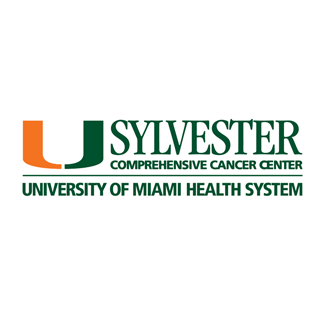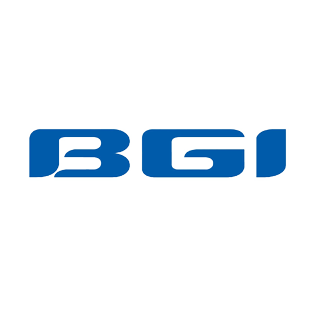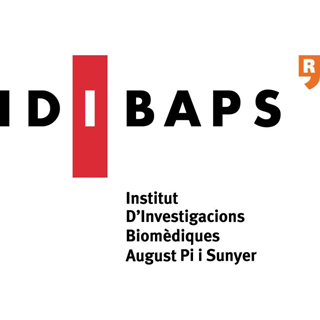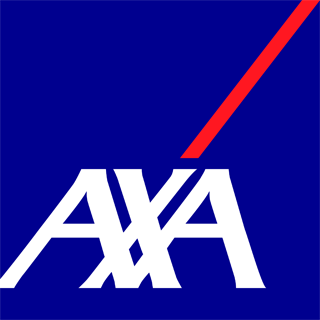 Areas
Areas
The Strategy area plays a vital role in supporting and advising the Director on key strategic initiatives, driving the CRG's long-term vision and impact. This area focuses on the successful development and implementation of the CRG Strategy Plan and leads a variety of high-impact strategic initiatives, including fostering institutional collaborations, driving internationalization efforts, and representing the CRG to a diverse range of stakeholders.
The Scientific Strategy area is currently centered on key priorities such as:
- Fostering national and international collaborations: Engaging with a wide spectrum of partners, including medical institutions, patient associations, research centers, governments, and other entities to establish and expand meaningful partnerships.
- Enhancing CRG’s capacities: Developing expertise and infrastructure in critical fields such as genomics, oncology, and biodiversity to address emerging scientific challenges and opportunities.
- Strengthening global impact and outreach: Enhancing CRG’s global presence through strategic partnerships, active participation in international forums and robust representation across scientific, medical, and policy sectors.
Through these initiatives, the Strategy area aims to position CRG as a leader in life sciences, fostering innovation and collaboration on a global scale.
Additionally, this area oversees the management, prioritization, and strategic selection of prizes and awards identified by the scientific board, ensuring the best fit for the CRG community and enhancing the institute’s recognition and excellence.
The Pre-award Area is dedicated to providing professional, comprehensive support to secure external funding for research, technology development, and institute-wide initiatives at the CRG. By doing so, it directly contributes to the institute’s compliance and financial sustainability.
The Pre-award team’s unique blend of scientific and administrative expertise positions it as a link between the CRG community and the funding agencies. This team actively scouts for funding opportunities, ensures efficient proposal management and supports compliance with funding bodies’ requirements and ethical standards. Indeed, the area has contributed to successfully secure a substantial amount of European, national and international grants including ERC, AECC, and others (you can find more information here). The team also prepares and submits proposals for transversal projects that aim to improve and contribute to the department itself. Notable examples include the ongoing ELITE project.
Once projects are awarded, the Strategic Projects team ensure they are managed effectively to deliver meaningful outcomes. It also contributes to refining workflows and aligning projects portfolio with CRG’s strategic vision.
This area has been instrumental in several high-impact initiatives, including the Biodiversity Cell Atlas Project (funded by the Moore Foundation), the ECaBox Project, the TAOnasLUAD Project, the PROTrEIN Doctoral Network, the ChromDesign Project and the PyriSentinel Project (you can find more information here). These projects highlight the team’s ability to drive collaboration, innovation, and excellence across diverse scientific domains.
The team promotes new ways to assess research, supporting CRG scientists in applying practices that enhance fairness, transparency, and responsible research and maximize the societal and economic benefits of their work. This includes leading the implementation of open science policies, which you can read more about here: Open Science.
The Research Quality Area also focuses on aligning CRG with the CoARA principles, following the institute’s signing of the agreement in 2024. Beginning in February 2025, the team coordinates the CoARA Booster INCAS project, which addresses the need for more inclusive and meaningful impact metrics for fundamental research of excellence. This initiative engages scientists to reshape how CRG evaluates and promotes the societal and economic contributions of its research, beyond traditional indicators.
Alliances:












